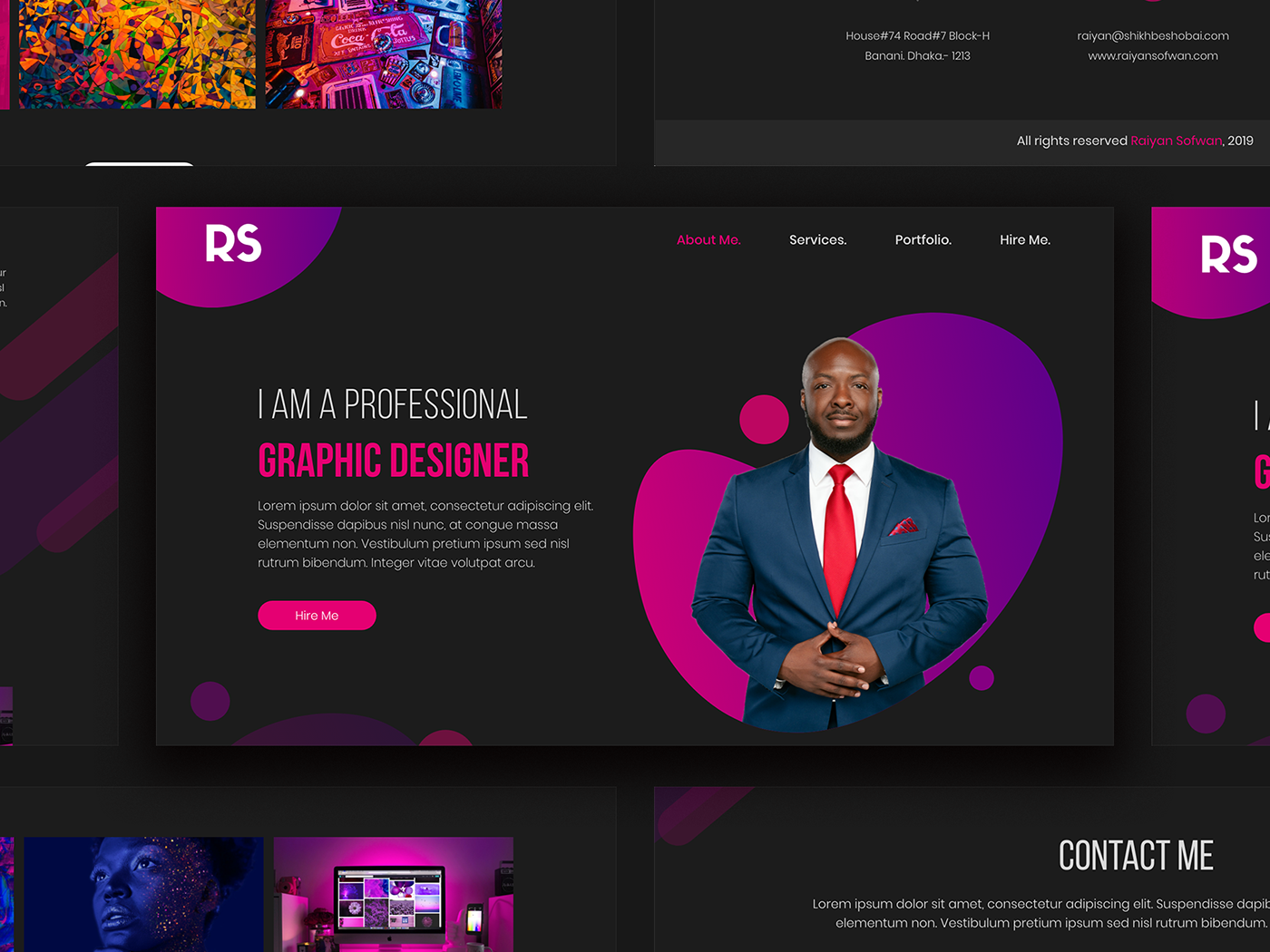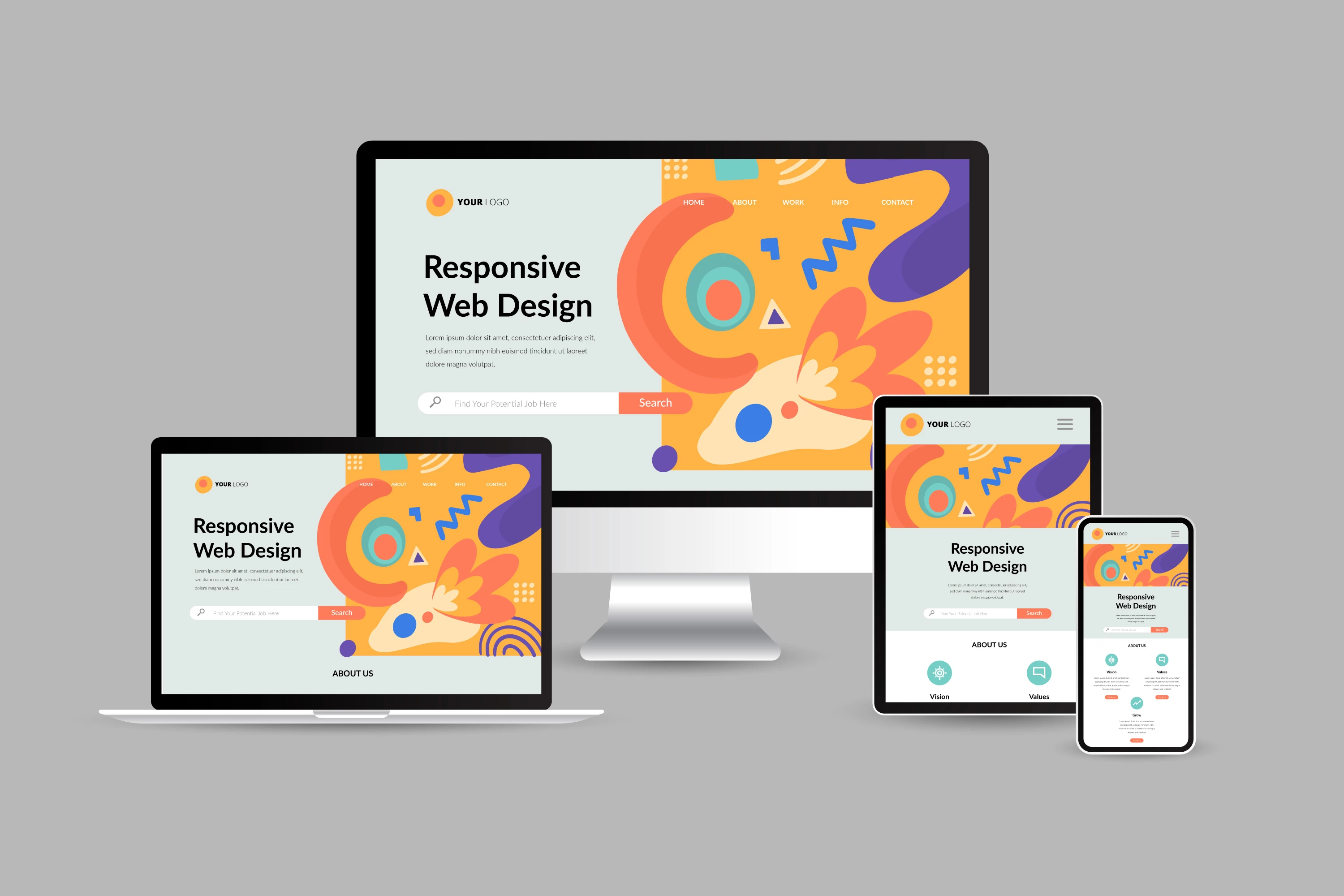Distinctions Between Custom and Template-Based Website Design
Distinctions Between Custom and Template-Based Website Design
Blog Article
The Power of User-Centered Internet Site Style in Expanding Your Online Audience
Reliable layout principles-- such as user-friendly navigation and ease of access-- are vital in cultivating user satisfaction and commitment. What strategies can companies adopt to ensure their styles resonate with customers and ultimately drive development?

Comprehending User-Centered Style
User-Centered Design (UCD) is a fundamental strategy to internet site advancement that focuses on the needs, preferences, and actions of end users throughout the layout process. This methodology emphasizes understanding customers deeply-- through research methods such as interviews, surveys, and use screening-- to create a site that resonates with them. By integrating user responses at every stage, designers can make sure that the end product lines up carefully with customer expectations.
UCD advertises iterative design, where models are tested and fine-tuned based upon customer interactions and experiences. This cycle not just improves functionality but additionally fosters a sense of ownership amongst users, as they feel their input is valued and impactful. In addition, UCD helps determine prospective obstacles and discomfort points in the user journey, enabling designers to address these challenges proactively.
Ultimately, accepting UCD leads to internet sites that are extra instinctive, appealing, and reliable. By putting users at the facility of the style process, companies can produce electronic experiences that not just draw in but also retain their target market, driving greater fulfillment and commitment. In an affordable on the internet landscape, this approach is essential for attaining sustained success.
Secret Concepts of Customer Experience
A successful customer experience (UX) rests on several key principles that guide the style procedure and enhance interaction in between individuals and the internet site. Use is paramount; the web site has to be user-friendly, permitting customers to navigate quickly and find info swiftly. This includes clear labeling and a rational structure that minimizes cognitive tons.
Secondly, availability plays a vital role in ensuring that all customers, regardless of their capabilities or handicaps, can successfully engage with the web site. Including alt text for images, key-board navigation, and screen viewers compatibility promotes inclusivity.
Consistency is an additional essential principle. A natural layout language, from color plans to typography, helps individuals develop familiarity and count on with the site (Website Design). It also enhances brand identification
Furthermore, feedback devices are vital. Customers need to get immediate and clear reactions to their actions, whether through visual cues or confirmation messages, which improves their self-confidence in browsing the website.
Finally, mobile responsiveness can not be overlooked. With a boosting variety of individuals accessing websites via mobile devices, a layout that adjusts effortlessly to various display sizes is crucial for keeping a favorable customer experience.

Advantages for Online Involvement
Efficient online involvement uses many benefits that can significantly improve an internet site's general efficiency - Website Design. By cultivating meaningful interactions in between individuals and the website, companies can grow a faithful target market that returns with regularity. Involved customers are most likely to share web content, thus boosting natural reach and drawing in brand-new site visitors via word-of-mouth promotion
Improved online interaction likewise causes improved individual satisfaction. When individuals locate an internet site that resonates with their requirements, they are more likely to discover its offerings thoroughly, which can cause greater conversion rates. In addition, appealing web content urges users to invest even more time on the website, reducing bounce rates and positively influencing internet search engine ranking algorithms.
In addition, efficient involvement gives important insights right into user choices and habits (Website Design). By assessing individual communications, companies can tailor their content and design approaches to fulfill the developing expectations of their audience. This flexible strategy not just increases interaction yet likewise reinforces the brand name's credibility as responsive and user-centric
Eventually, focusing on on-line engagement with user-centered layout develops a flourishing environment where both the target market and the organization benefit, resulting in sustained development and success in the electronic landscape.

Strategies for Efficient Design
To optimize the advantages of online engagement, using specific strategies in website layout is critical. First, intuitive navigation is essential; customers ought to easily find information without complication. A well-structured food selection, clear tags, and a sensible hierarchy improve the user experience and decrease bounce prices.
2nd, receptive layout is crucial in today's multi-device setting. Guaranteeing that a web site adjusts perfectly to numerous screen sizes fosters availability, thus suiting a more comprehensive target market. This flexibility not only boosts user satisfaction yet also positively affects search engine positions.
Third, using aesthetic pecking order guides individuals' focus to necessary components, such as telephone calls to action (CTAs) Utilizing contrasting shades, differing font sizes, and calculated spacing can effectively guide customers toward preferred activities, promoting greater interaction.
Furthermore, executing constant branding across all pages develops count on and recognition. A natural color typography, imagery, and system enhance brand identification and create an expert look.
Lastly, enhancing loading rates is important. Users are less most likely to involve with a slow-loading site, making efficiency optimization an important element of reliable design. By integrating these strategies, web site developers can improve user experience and ultimately grow their on the internet target market.
Real-World Success Stories
Success stories in user-centered internet site layout highlight the concrete benefits of focusing on customer experience. As an outcome, they YOURURL.com experienced a 250% rise in on-line contributions, showing exactly how an instinctive design can drive individual involvement and assistance.
An additional engaging situation is that of Airbnb, which made use of user-centered layout principles to improve their reservation process. By simplifying the individual trip and integrating personalized recommendations, they considerably reduced website desertion rates. This concentrate on individual experience added to a profits development of over 70% in a solitary year, underscoring the correlation in between well-designed user interfaces and financial success.
Moreover, the shopping giant, ASOS, implemented user screening to fine-tune their mobile application. By dealing with customer discomfort points, they accomplished an exceptional 30% rise in mobile sales. These instances highlight that purchasing user-centered style not just boosts user complete satisfaction but likewise drives see here concrete company results, reinforcing the crucial role of user experience in accomplishing online growth.
Final Thought
In conclusion, user-centered site style works as an important strategy for enhancing on-line target market engagement. By focusing on user requirements and preferences, services can develop intuitive and obtainable electronic experiences that cultivate commitment and drive conversions. The combination of individual feedback throughout the design procedure not only minimizes bounce rates however additionally encourages exploration. Eventually, taking on effective user-centered style concepts can considerably add to a company's success in a competitive digital landscape.
User-Centered Layout (UCD) is a basic approach to website advancement that prioritizes the requirements, preferences, and habits of end individuals throughout the layout procedure. By integrating individual responses at every phase, developers can make certain that the final item lines up closely with user expectations.
A successful Website Design user experience (UX) hinges on numerous vital concepts that lead the layout procedure and improve interaction between users and the website.Success tales in user-centered internet site layout show the concrete benefits of focusing on customer experience. These instances highlight that investing in user-centered design not just boosts individual fulfillment however also drives tangible organization outcomes, strengthening the vital role of customer experience in attaining on the internet growth.
Report this page